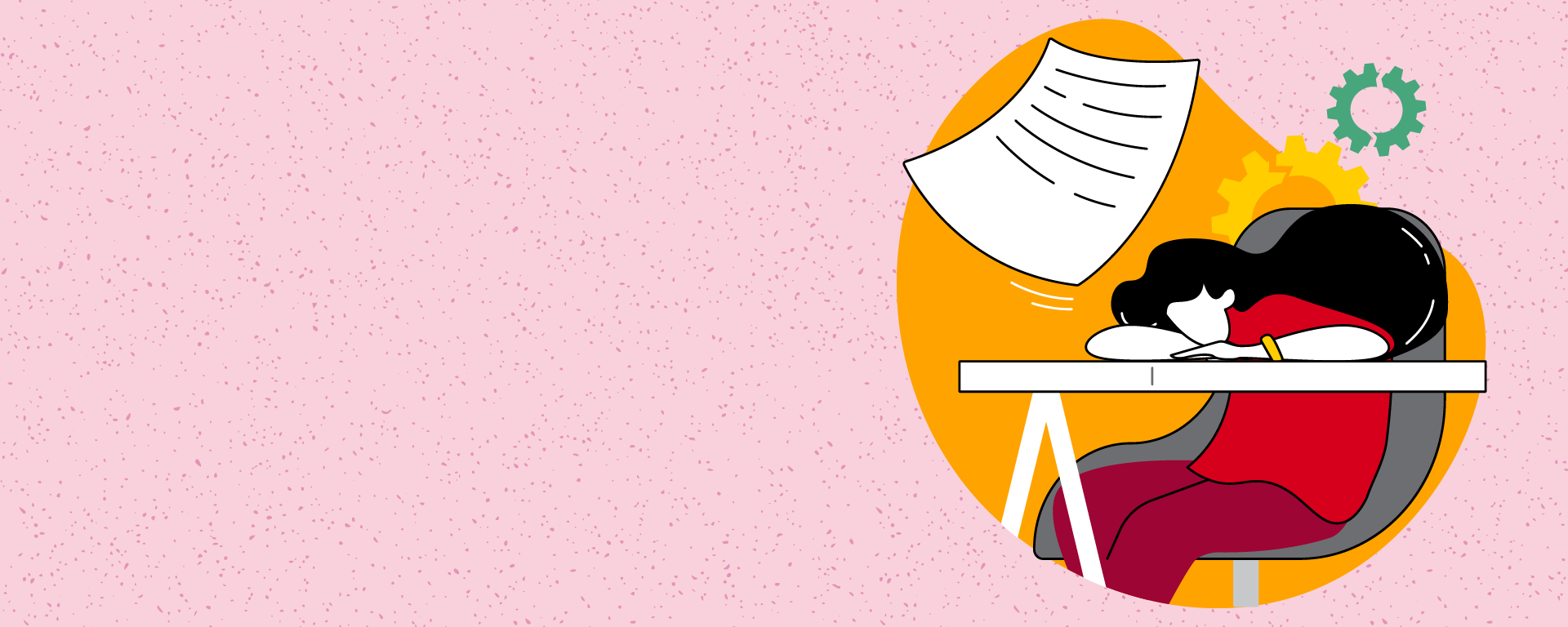After this lesson, you will be able to:
-
Identify signs and symptoms of test anxiety
-
Determine when students are in heightened distress
-
Apply five strategies to helping students cope with test anxiety in the classroom
-
Understand the four steps of the “Responding” model for helping students experiencing test anxiety and/or in distress.
References
Brady, S., Hard, B. M., & Gross, J. J. (2018). Reappraising test anxiety increases academic performance of first-year college students. Journal of Educational Psychology, 110(3), 395-406. https://www.doi.org/10.1037/edu0000219
Gross, J. J. (2002). Emotion regulation: Affective, cognitive, and social consequences. Psychophysiology, 39(2002). 281-291. https://doi.org/10.1017/s0048577201393198
John Lothes, I. I., Mochrie, K., Wilson, M., & Hakan, R. (2021). The effect of dbt-informed mindfulness skills (what and how skills) and mindfulness-based stress reduction practices on test anxiety in college students: A mixed design study. Current Psychology, 40, 2764-2777. https://doi.org/10.1007/s12144-019-00207-y
Kabat-Zinn, J. (2013). Full catastrophe living (Revised ed.): Using the wisdom of your body and mind to face stress, pain, and illness. New York, NY: Bantam.
McGonigal, K. (2015). The upside of stress. New York, NY: Avery.
Neff, K. (2003). Self-compassion: An alternative conceptualization of a healthy attitude toward oneself. Self and Identity, 2, 85-101. https://psycnet.apa.org/doi/10.1080/15298860309032
Wilson, R., & Lyons, L. (2013). Anxious kids anxious parents. Deerfield Beach, Florida: Health Communications.
Zhang, Y., Luo, X., Che, X., & Duan, W. (2016). Protective effect of self-compassion to emotional response among students with chronic academic stress. Frontiers in Psychology, 7, https://doi.org/10.3389/fpsyg.2016.01802





